Dead patches in your grass? James shares tips on plugging damaged lawn areas with Floratam Sod.
We have a grower that does an outstanding job growing Mystic Spires Saliva in “tubs”. Wow, they are gorgeous! They can be planted in containers or in the ground. I have mine right by my front door. They get morning sun until about 1 pm and are very happy, but also can get full sun. They produce masses of true blue flowers and in all the years I’ve had them, no bugs! AND, they make great cut flowers! Enjoy!!
 -Sally
-Sally
A favorite stand-by in Gill landscape designs!
[x_slider animation=”slide” slide_time=”3000″ slide_speed=”300″ slideshow=”true” control_nav=”true” prev_next_nav=”true”][x_slide]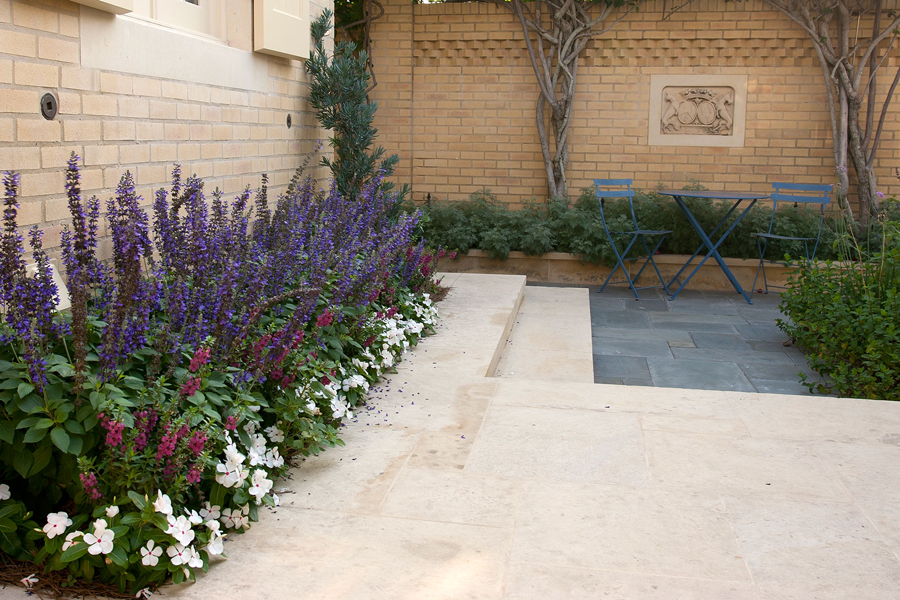 [/x_slide][x_slide]
[/x_slide][x_slide]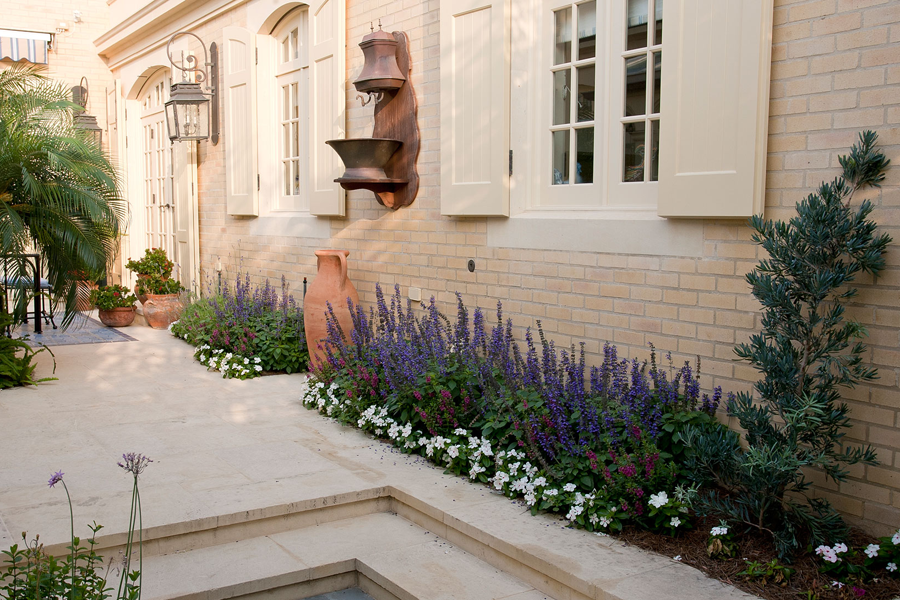 [/x_slide][x_slide]
[/x_slide][x_slide]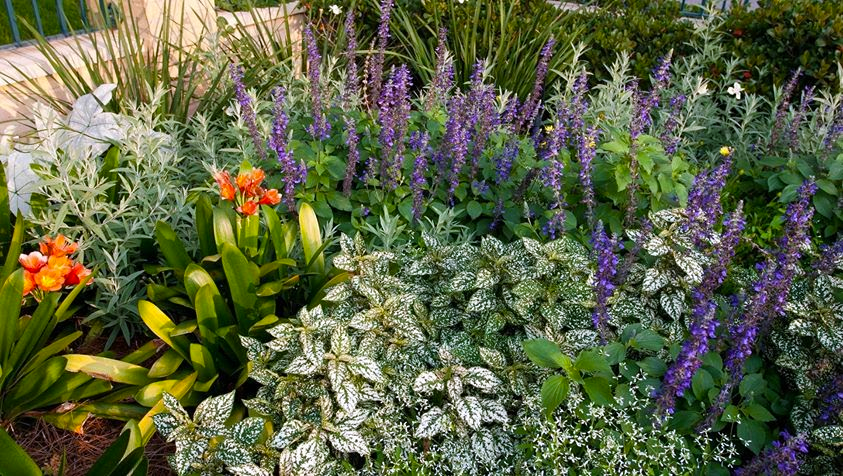 [/x_slide][x_slide]
[/x_slide][x_slide] [/x_slide][x_slide]
[/x_slide][x_slide]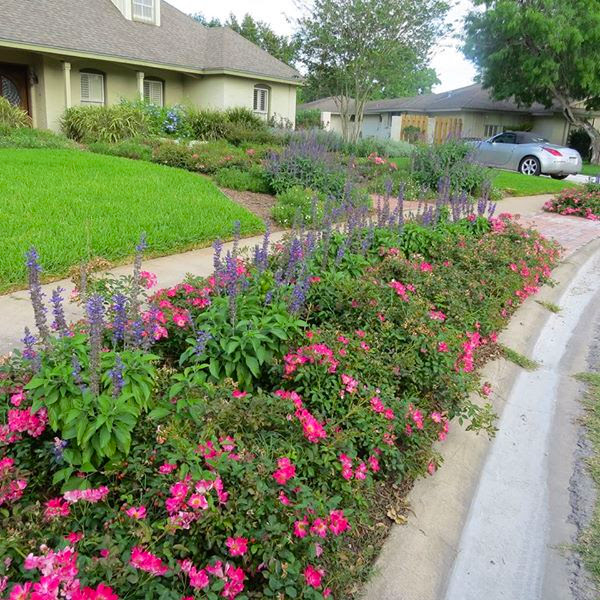 [/x_slide][x_slide]
[/x_slide][x_slide]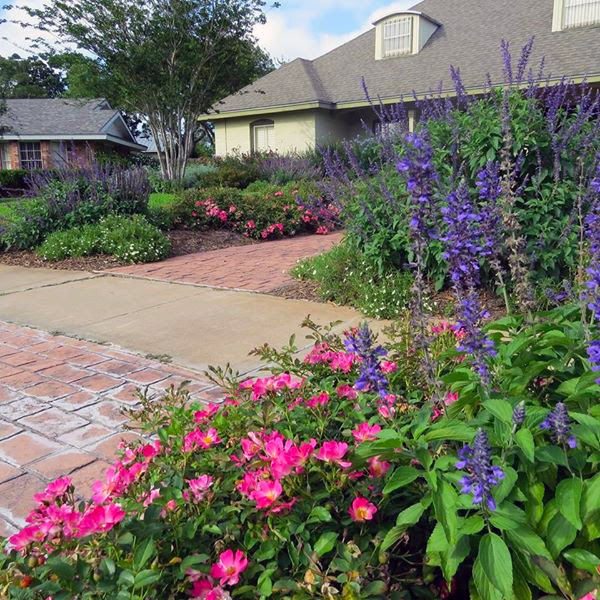 [/x_slide][x_slide]
[/x_slide][x_slide]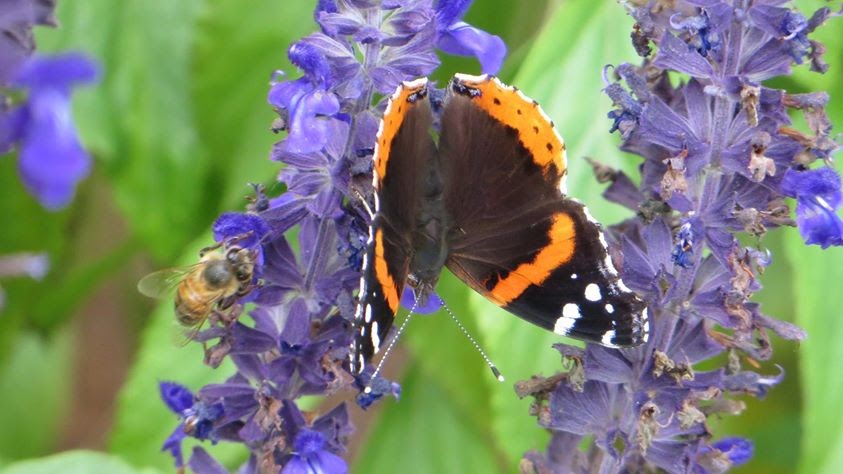 [/x_slide][x_slide]
[/x_slide][x_slide]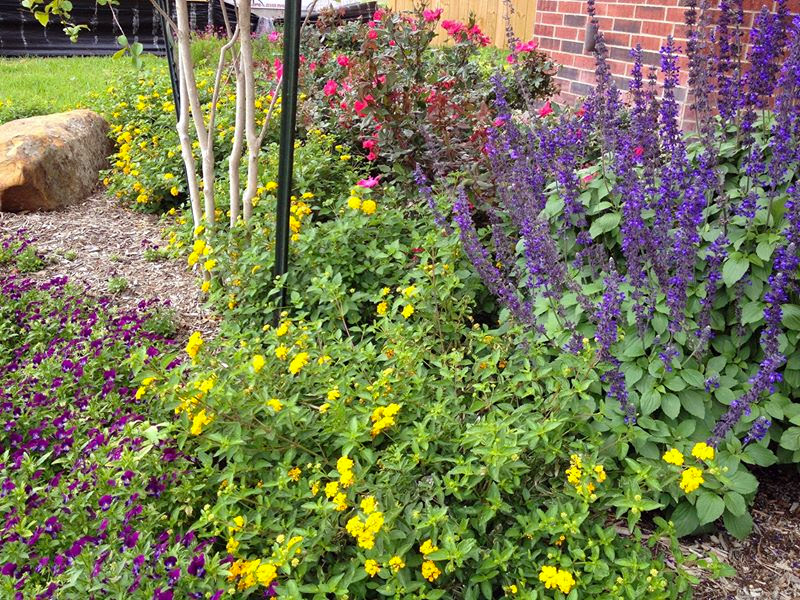 [/x_slide][x_slide]
[/x_slide][x_slide]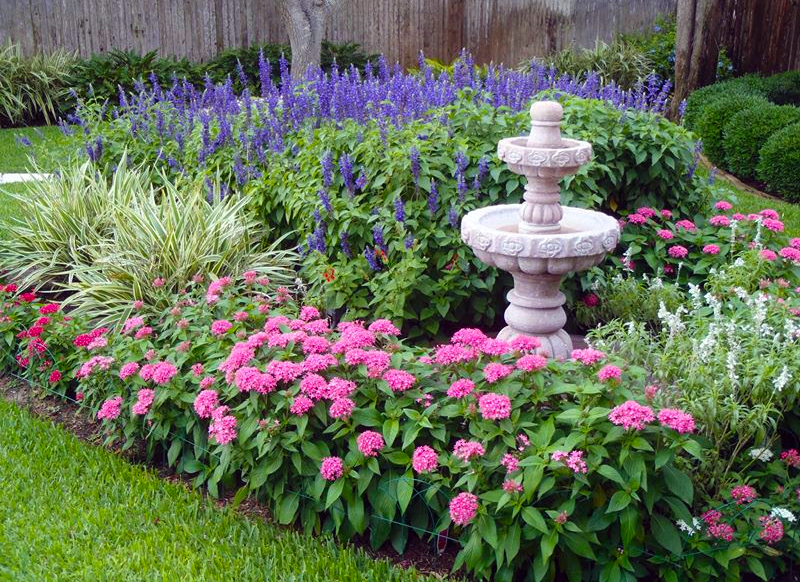 [/x_slide][/x_slider]
[/x_slide][/x_slider]
Hopefully we have seen our last big cold snap of the season, so it’s time to get tomatoes in the ground.
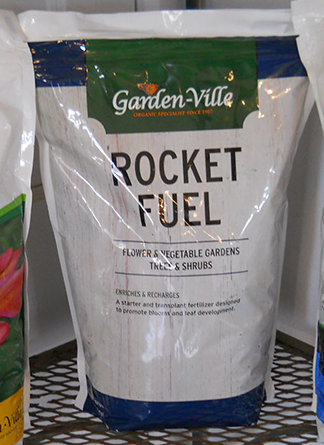

Tomatoes need full sun for their entire growing season. Once frost is done, put them in a bed enriched with compost. A couple tablespoons of Rocket Fuel under the roots will help your plants get off to a rapid start. Feed them with Espoma Plant Tone monthly through the growing season.
I like to put my tomatoes in a cage as soon as they are in the ground and wrap that cage with row cover fabric, top to bottom. Ours is called Grow Web (12ft x 16ft). Cut the fabric to size and cloths pin the sides together. The fabric will protect the plants from cold nights and, more importantly, harsh spring winds that can dry them out in no time. Don’t worry – it doesn’t block water or sunshine.
Remove the cloth when the plant reaches the top of the cage. If it starts blooming before then, remove the cover from the top of the cage and shake the cage gently whenever you walk by. That will encourage pollination from the top of the plant down to the bottom. Row cover can also be used to protect Peppers, Squash, Beans and all the tender spring vegetables in the garden.
 –DeAnna
–DeAnnaMy definition of a garden friend is someone who happily shares their garden knowledge and passion with you.

Earlier this week, I took a break from my piles of paper for a walk around the garden center. I was reminded it’s caladium time when I walked in the greenhouse and saw boxes of caladium bulbs, front and center. I love the Moonlight Caladium; it’s almost all white and contrasts beautifully with dark green foliage in the shade.
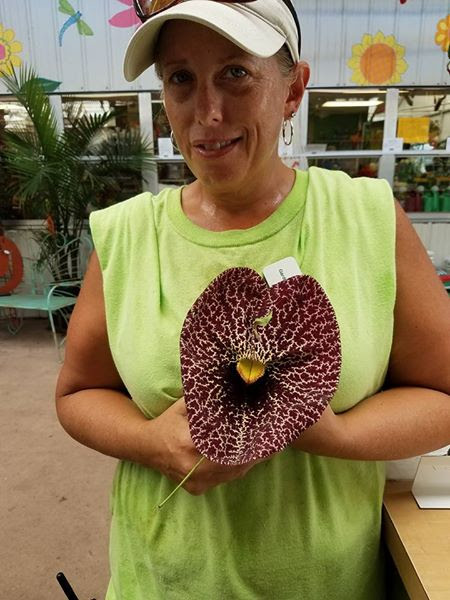
Whitney (she works with us at Gill’s) walked over and I mentioned wanting some caladium bulbs for my garden. She said, “We have some bags right here to put them in… and Sally, you know what I do with my caladium bulbs? If I’m putting them in a clay pot, I bury them in the potting soil and then roll the pot out into full sun. The sunlight and moist soil speeds up the caladium bulb sprouting. Then, as soon as they poke out of the soil, I roll the pot into more shade, where the caladium likes to be as the days get longer and warmer.”
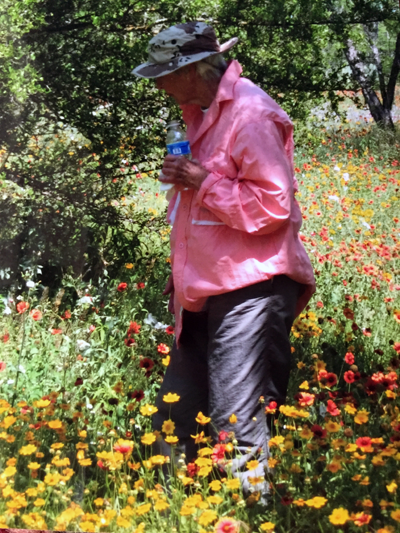
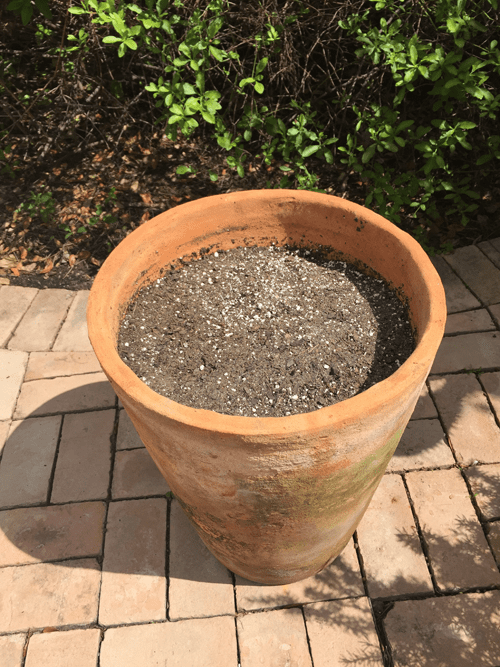
My first thought was, “I am so glad to be reminded of that caladium trick,” and my second thought was, “I’m so glad Whitney works at Gill’s.” First and foremost, when we hire at Gill’s, we look for nice people. If they have a passion for plants, that’s a bonus! Not only does Whitney know about plants, but she shares her plant knowledge in such a way that doesn’t make you feel stupid for not knowing more.
And then, I started thinking about my mother-in-law. Bayne, aka Ruth Gill, is the person who most influenced James’ and my passion for plants. She loved to tell stories of plants. She loved to have fun with plants, and she loved to watch insects and lizards and bees have fun with them too. We miss her so much.
So, today, I am thankful for my garden friends, Whitney and Bayne – and yes, I do love caladiums, dancing in the Corpus Christi breeze.
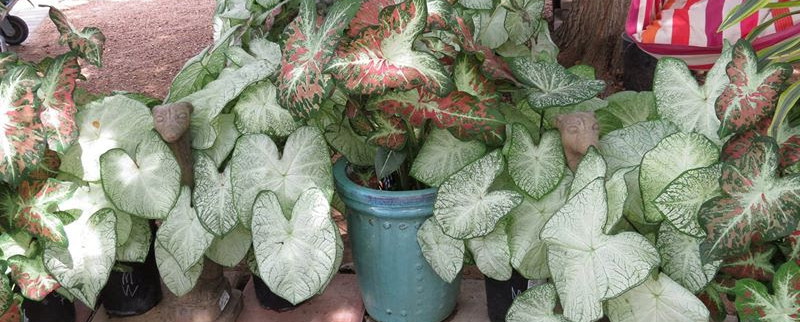
 – Sally
– Sally
Small little caterpillars are eating bougainvillea leaves as fast as they can sprout. Years ago nothing bothered a bougainvillea. Now it seems to be a constant battle. There are a couple of options you can do to help control them. Spray with organic Thuricide which only kills worms and caterpillars. You will need to reapply every week or two to keep them looking pretty and to stop the cycle. Another alternative is to drench the soil with Bayer Tree and Shrub Protect and Feed. This works systemically to prevent and to kill insects for up to 9 months. It is also labeled for containers.
 –DeAnna
–DeAnna

Hackberry is a wonderful tree for birds with their berries and it also is the host plant for the Snout butterfly. It’s a great tree but boy they can be a mess with the wooly aphid, which drops black sooty mold all over your plants, patio furniture, vehicles and more. Fertilome Tree and Shrub Systemic Insect Drench can be used to prevent hackberry trees from getting wooly aphids. The trick is to apply between now to mid April to stop them from reaching maturity.
 –DeAnna
–DeAnna
Sally and I, as members of the South Texas Chapter of the Native Plant Society of Texas, spent a very pleasant day touring Rancho Lomitas Native Plant Nursery and RV Park in far South Texas, near Rio Grande City. Our hosts were Benito and Toni Trevino, he is an ethnobotanist (knows plants and how people have utilized them as food, medicine, tools, and such) and Toni is his longtime sidekick/boss.
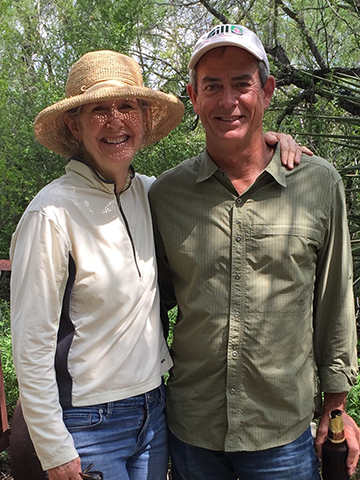
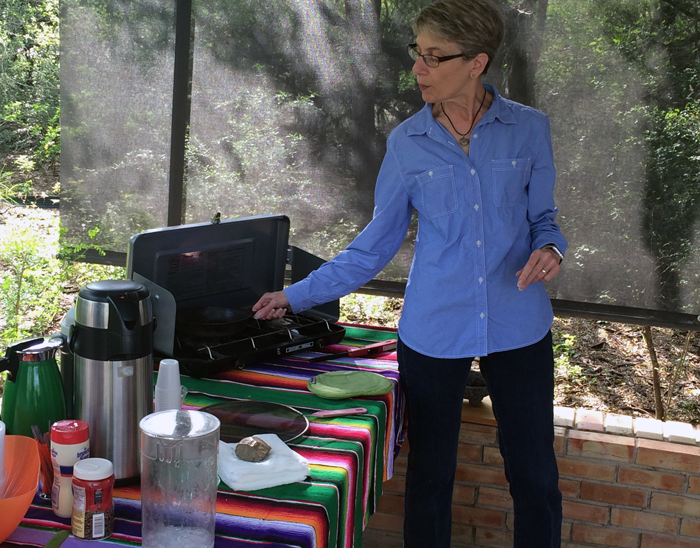



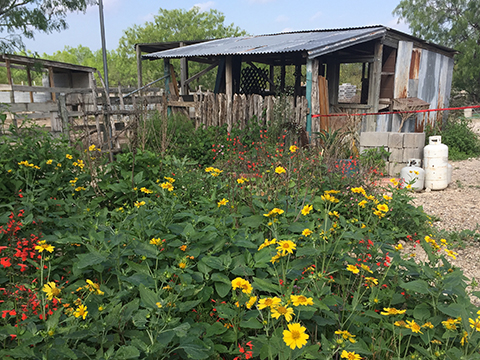
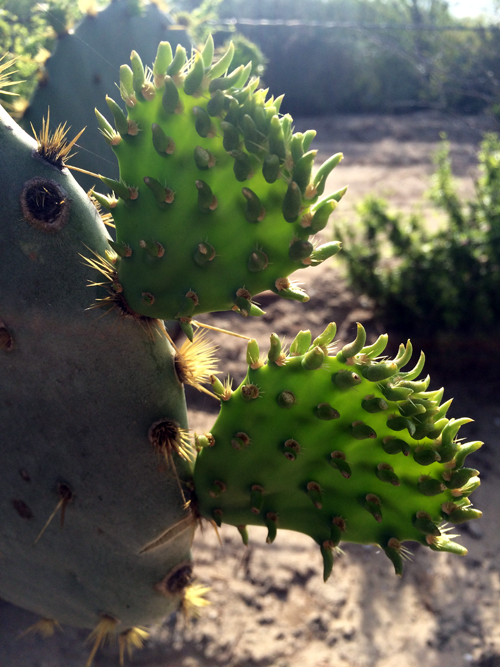
Our tour started with Toni roasting mature ebony beans to brew up some South Texas coffee substitute, popular with early settlers and vaqueros, as coffee was hard to come by on the frontier. Benito took over with stories of how, as one of 14 siblings (and another 12 cousins) they would gather younger ebony seeds and eat them fresh as a snack, or roast them over mesquite coals for even better flavor, and techniques for gathering and preparing yucca blooms for cooking or pickling and canning. Meanwhile, Toni was roasting up a dish full of nopalitos (young prickly pear cactus pads) and she soon called us for fresh, hot tacos de nopales. As we munched, Benito explained how regular consumption of nopales has shown great benefit for controlling blood sugar levels in diabetics.


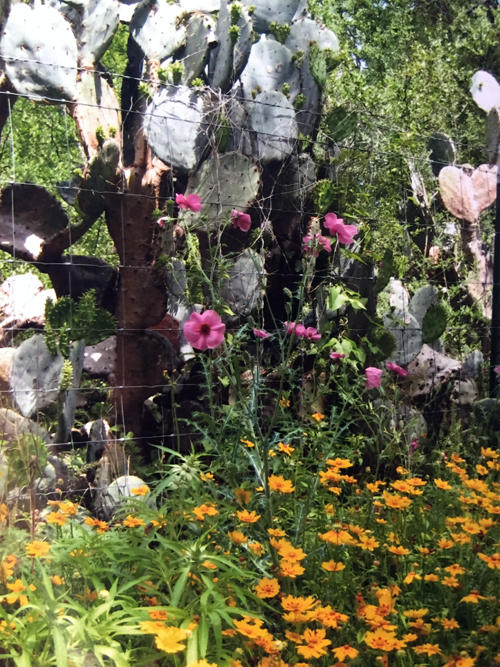
We were then loaded into the cattle trailer (the people got to ride that day, while the longhorns walked) and toured their property with Benito giving a running lecture about the native plants and terrain. He pointed out the amargoso with pretty purple blooms, which he and all other family members would use as an anti-dysentery decoction, very necessary as they were often required to drink whatever water was available, whether from the Rio Grande, or even stagnant pools. Benito said the large majority of South Texas folk medicines have not been verified scientifically, but the amargoso is an exception, having been shown to kill amoebas in laboratory conditions.



He showed us how to break off the sharp tip of an Agave lechuguilla and strip out the very strong fiber to use as a needle and thread, for sewing clothes or a shelter or bag, or even an open wound of people or livestock. The lechuguilla is much preferred, as most other Agave species have an extremely caustic sap, causing blistering. As the dust blew up behind the cattle trailer, he told how wild longhorns were driven north to market after the Civil War, and the cowboys in the rear of the herd were riding in almost constant dust. They would relieve the irritation in their eyes with eyewash made of young mesquite leaves crushed in water.
All in all it was a fascinating day in great company. Thanks Benito and Toni, and NPSOT South Texas Chapter.
 – James
– James
This coming week and weekend is a time many people from around the world remember their heritage and celebrate their faith. The Jewish Passover begins at sundown April 10th and Easter Sunday is April 16th. For many, it’s a time to gather with family and friends, sharing a meal and spending time together, telling stories and remembering.
In life there are icons that help us tell the story, to remember events that happened last week or almost 3000 years ago. Plants play a vital part in all worldly religions and symbolize many milestones in our lives. There are times when a plant is much more than a plant. It becomes the memory of a loved one lost, a celebration of birth, a feast shared thousands of years ago, a resurrection and new life.
Many years ago I remember sitting with a woman in the garden center who was so distraught about a tree planted in the memory of her father. A fence was being built but the tree was in the way. What to do? Move the tree or make the fence not straight to go around her father’s memory. As we sat and talked and cried together, it became clear that the tree was so much more and needed to stay where it was.
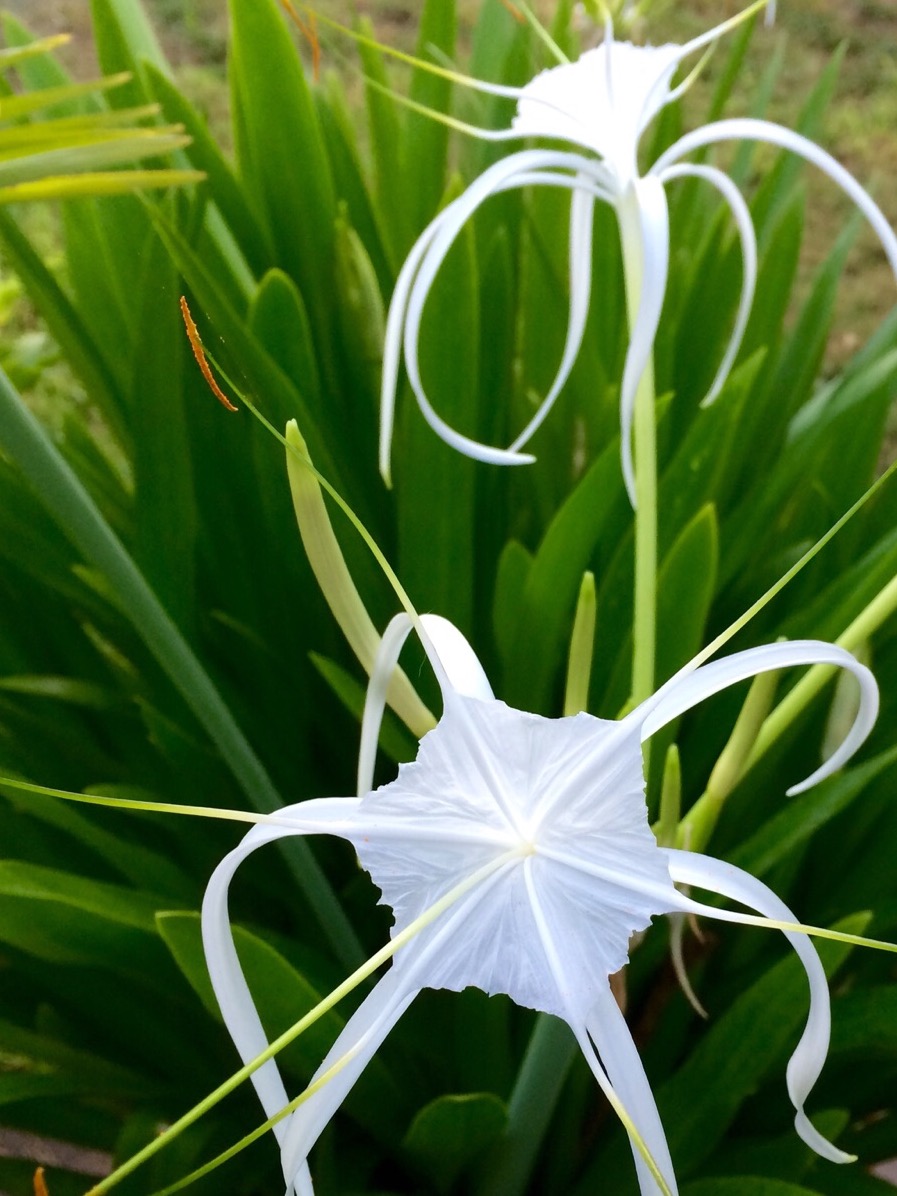 I have 2 large pots of spider lilies that began with an old half rotten bulb a dear friend was given on a recovery retreat. She struggled with drugs and alcohol. She handed me the bulb and said “You probably couldn’t do anything with this now. It’s rotting and smells.” But with a little TLC those lilies have blessed my life with hundreds of flowers in summer and I remember my friend and celebrate her.
I have 2 large pots of spider lilies that began with an old half rotten bulb a dear friend was given on a recovery retreat. She struggled with drugs and alcohol. She handed me the bulb and said “You probably couldn’t do anything with this now. It’s rotting and smells.” But with a little TLC those lilies have blessed my life with hundreds of flowers in summer and I remember my friend and celebrate her.
There are endless stories about plants that connect us to our past, our present and our future. They represent life, endurance, overcoming, goodness, beauty and the eternal.
Take time this week to remember and celebrate life and the sacred.
Happy Easter!
 – Debbie
– Debbie

